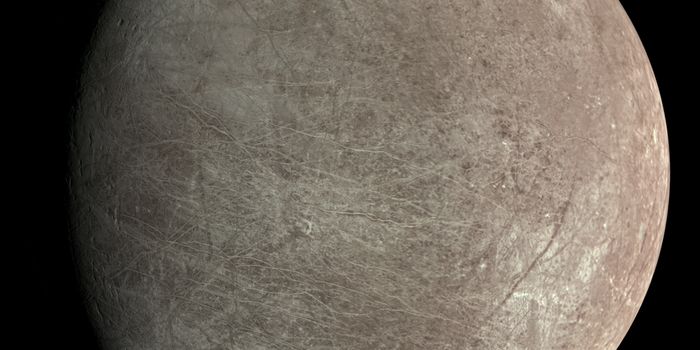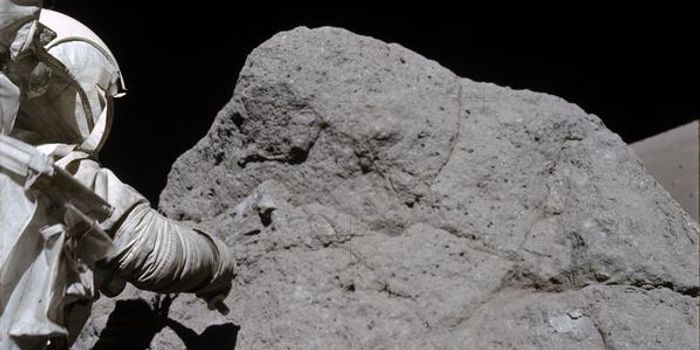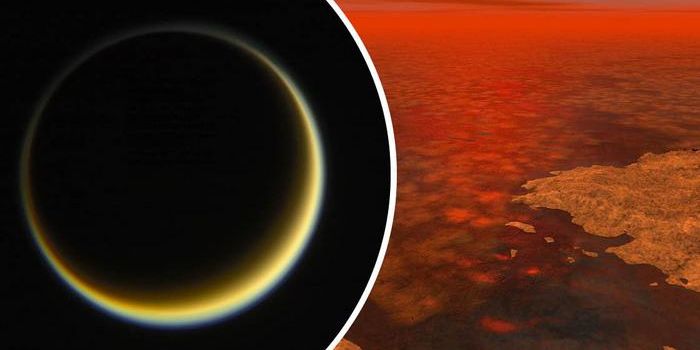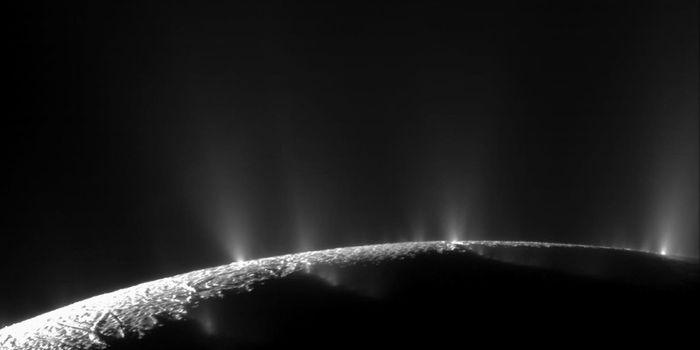Why NASA's Artemis Mission is So Important
If you’ve been following NASA, then you’ve undoubtedly heard about the American space agency’s Artemis mission. Artemis is all about launching humankind into a new era involving deep space exploration, and it aims to begin with a place that might sound familiar – the Moon.
NASA first put the first humans on the Moon in 1969 as a part of its Apollo missions, and several follow-up launches resulted in crewed lunar surface explorations afterward. But Artemis will stand apart from the Apollo missions by encouraging much longer stays on the lunar surface. In fact, the long-term goal is to build a lunar base much like the International Space Station called Gateway that facilitate longer stays on the lunar surface for scientific exploration.
Although humans have been to the Moon before and surface samples have been collected, the overall goal of Artemis is to prepare humans for deep space travel and longer stays on another world besides Earth. In fact, NASA aims to use the Artemis mission to develop new technologies that could help with sending astronauts to Mars for the first time.
During the first crewed mission of Artemis, astronauts will ride aboard an Orion spacecraft situated at the top of NASA’s upcoming SLS rocket, which will supersede the Saturn V as the world’s most powerful rocket. It’ll carry up to four astronauts along with oodles of supplies into space, after which the spacecraft will orbit Earth until it is ready to intercept the Moon.
Once orbiting the Moon, this is where Gateway comes into play, working as a go-between for astronauts coming from and returning to Earth.








